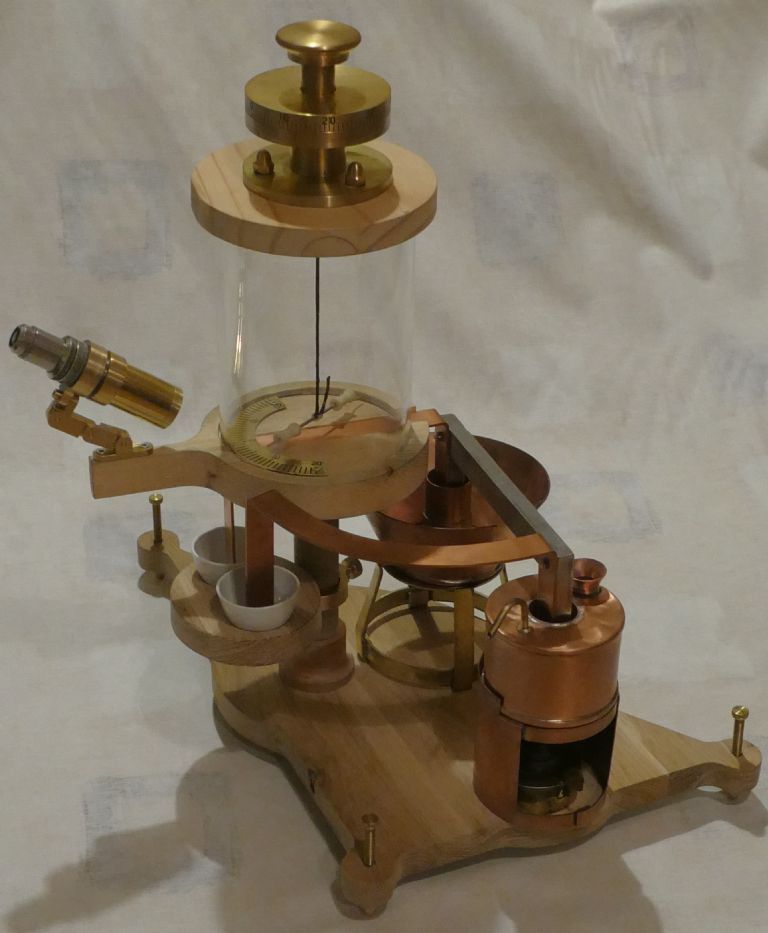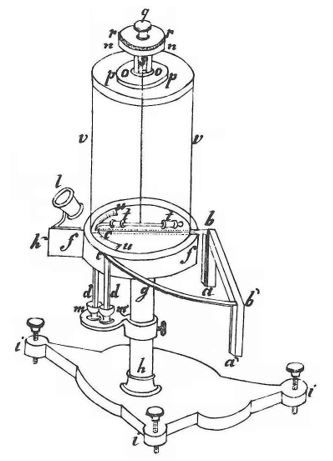Posted by Ches Green UK on 11/01/2022 14:04:40:
…
The '1826 German Inch'…I'll need to do a bit of digging on that one myself out of curiosity…again, sounds interesting.
…
Tricky to work out because European weights and measures were a complete muddle at that time.
Georg Ohm was born before Germany existed. The area contained many different small and large kingdoms, duchies, principalities and other local arrangements, most of whom had their own definitions.
Ohm was educated in what is now Bavaria, but was then part of the Holy Roman Empire. After failing to apply himself at University he taught Maths in Switzerland, where each Canton had it's own standards, before moving to Cologne. Cologne had been a free-city within the Holy Roman Empire (and had a different foot from it!), but was French during the Napoleonic period until 1815 when it became part of Prussia, who had yet another definition.
Ignoring the possibility Ohm used French or Swiss measure:
- A line was usually ⅒" but was sometimes ¹⁄₁₁"
- A Zoll(inch) was usually ¹⁄₁₂ foot, unless it was ⅒ or ¹⁄₁₁
- A Cologne foot was 11.3 British inches
- A Berlin foot (Prussia) was 12.36" British inches.
Don't think we'll ever know for sure unless the variant used is specified in Ohm's paper, or the original apparatus can be measured.
Dave
Ches Green UK.





 .
.

